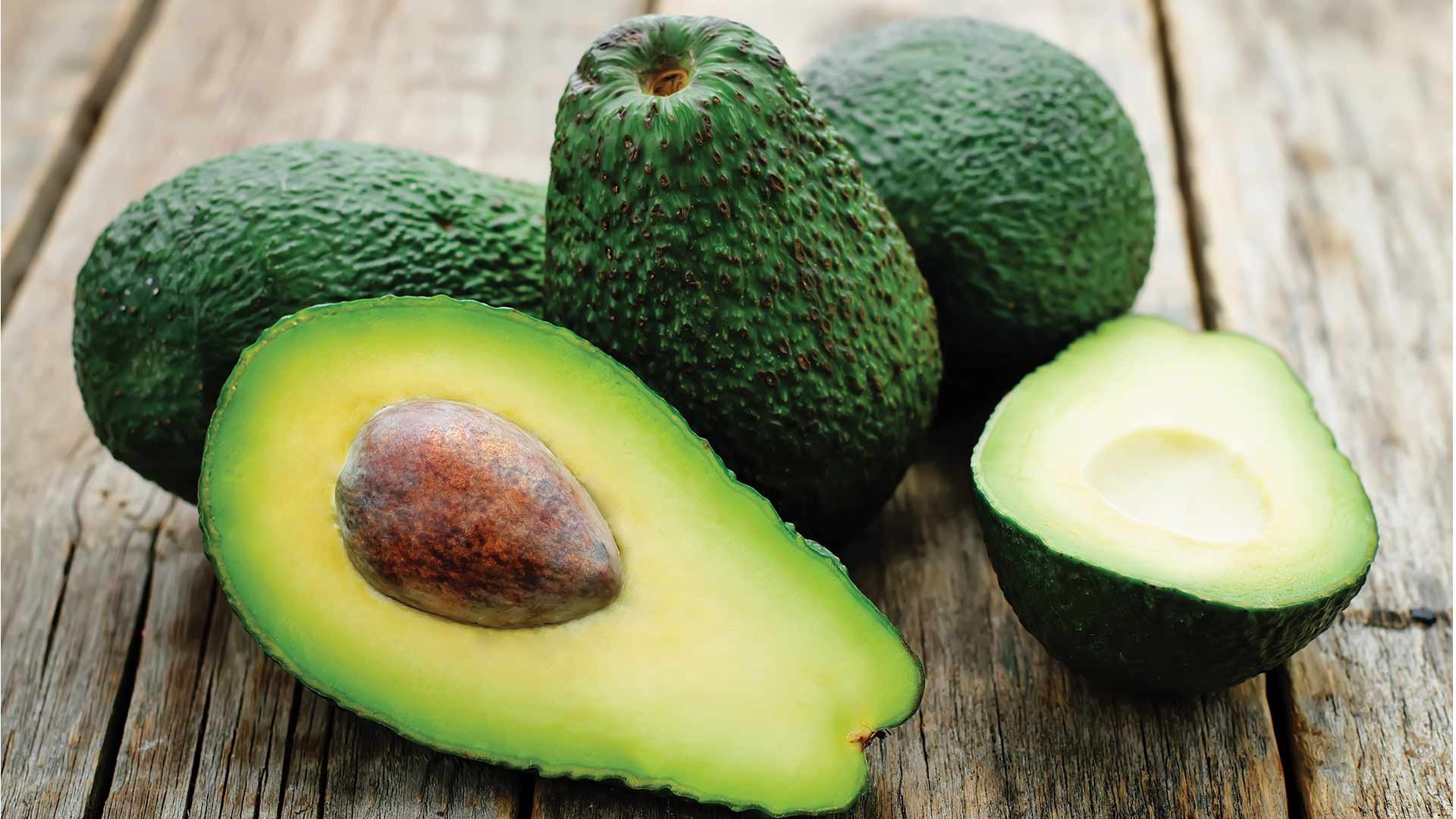Avocado Ripening and Handling
For consumers, choosing a ripe avocado involves picking up and putting down multiple avocados, squeezing and pressing them, and deciding which will be good for tomorrow and which will be ready to eat at the end of the week. This raises the question, should longer lasting fruit or fruit ready for immediate use be the goal? Distributors go through a similar process as they decide the degree of ripeness to purchase and then sell fruit. Is longer shelf life or ready to go fruit ideal?
Avocado ripening and handling is a process that has been continuously developed by various industry experts. The pre-conditioning process for avocados is advocated by these experts for the following reasons:
• Pre-conditioning results in more consistent, controlled, and uniform ripening within the box, pallet, or lot of fruit, leading to better control of quality and ripeness
• The ripening time is cut in half, assisting in better inventory control and turnover
• Stores are able to offer consumers ready-to-eat fruit, resulting in the highest impulse purchases, increased overall sales, and improved customer satisfaction
PRE-CONDITIONING AVOCADOS
Pre-conditioning is the process of initiating the natural ripening process of avocados through the application of ethylene in a controlled environment such as a ripening room. This process takes place in a variety of locations including the avocado packing house, wholesale receiver warehouse, or chain store distribution center. The importance of location is that it must be done where fruit will ripen in a predictable fashion to be ready to sell when reaching consumers.
The most common indicator of a pre-conditioned avocado is the “button” on the stem end. This end pops off with gentle pressure once the avocado has begun the ripening process, but is still firm. From this point, it is fairly easy to reach the ready-to-eat stage with temperature control and proper storage. Avocados with proper quality and maturity will remain firm for up to two weeks after preconditioning.
Controversially, ripening avocados in a box, pallet, or lot without an external source of ethylene will result in uneven ripeness or “checkerboarding.” Uneven ripeness can cause problems, as some of the fruit may be too ripe or too green for a customer who buys it.
Additionally, letting the fruit ripen naturally without an external source of ethylene takes more than double the time, depending on the season. Pre-conditioning is so widely used because it eliminates a lengthy ripening period and yields even and consistent ripening through the application of an external source of ethylene. The ethylene produced by a Catalytic Generator triggers the fruit to release natural ethylene and begin the ripening process.
THE RETAIL IMPACT OF AVOCADO RIPENING
Not only does pre-conditioning provide consistent, uniform ripening and cut ripening time in half, it also ensures that retail stores and food service customers will be able to count on receiving avocados that are ripe and ready to eat. In the past, consumers would pick up an avocado only to find it was too firm. Now, avocados can quickly go from the store shelf into a consumer’s shopping cart capturing impulse buyers and those who need fruit that is ready to eat.
GETTING STARTED
With little cost and time involved, pre-conditioning programs should be implemented to ensure even ripening, better quality and inventory control, and increased sales. Catalytic Generators has everything you need to begin this process with fruit ripening ethylene generators and Ethy-Gen® II Ripening Concentrate. Transform the way your fruit ripens with our pre-conditioning products here.
To assist you in the avocado ripening process, we’ve summarized ripening tips for the pre-conditioning of avocados below.
RIPENING & HANDLING.
Throughout the ripening process, five main aspects should be reviewed: humidity, carbon dioxide, pulp temperature, firmness, and airflow.
Humidity.
The optimal humidity avocados should be ripened at is 90-95%.
Carbon Dioxide.
During ripening, carbon dioxide will build up. Anything above 1% may slow the ripening process or cause a “checkerboard” ripening within the room. Ensure automatic ventilation is in place or vent approximately every 12 hours by opening the doors for twenty minutes when applying ethylene.
Pulp Temperature.
Pulp temperature should be checked at least twice per day to ensure proper ripening is maintained. Ripened fruit may have the stem end become more pliable indicating the softness process has begun. Once the desired degree of firmness has been reached, lower the pulp temperature to 40-42°F.
Firmness.
Ripening stages should be determined using a penetrometer. We recommend using QA Supplies’ FT 444 Penetrometer for fruits that measure more than 27lbs. Pressure measurements below ensure better tasting, more flavorful avocados within each ripening stage.
• Stage 1: Hard Fruit – Fruit is extremely hard and a brighter green color (25 lbs. of pressure or more).
• Stage 2: Pre-Conditioned – Fruit should be ready to eat in about three days if held in room temperature (15-25 lbs of pressure).
• Stage 3: Breaking – Fruit will have a very slight give and be ready-to-eat in two days if held at room temperature (10-15 lbs of pressure).
• Stage 4: Firm Ripe – Fruit yields to gentle pressure and should be fully ripe the next day if held at room temperature (5-10 lbs of pressure).
• Stage 5: Ripe – The stem nub of the fruit should easily fall off by gently rolling a finger over it. Fruit is good for any use at this stage and easily yields to gentle pressure. This condition is maintained for 2-3 days if held at room temperature (5 lbs or less pressure).
Airflow.
While many people utilize banana ripening rooms for the ripening of avocados, this is not always adequate. It is best practice to use ripening rooms specially designed to remove the great deal of heat that ripening avocados create. If pressurized ripening rooms are not being used, air stack the boxes (at least two inches between boxes) to have proper air circulation. Leave 1½ feet between walls and pallets and at least six inches between pallets. Remember the importance of monitoring pulp temperature, especially when using non-standard rooms for avocados.
We believe in offering you the best resources for your ripening process. Find additional information on avocado ripening with an external ethylene supply here. If you’re a ripener in need of ripening help, let us connect you with a ripening expert. From ripening tips to ethylene management techniques, our experts can help. Get started by contacting us today!
Contributing Sources:
“Avocado Storing and Handling.” California Avocado, California Avocado Commission, 2014,
www.californiaavocado.com/images/general-content/foodservices/a-prime/CAC-FS-Culinary-Education-Module-Lesson-IV.pdf.
“Avocados | Produce Market Guide.” Produce | Produce Market Guide, Farm Journal, Inc., 2018,
www.producemarketguide.com/produce/avocados.

